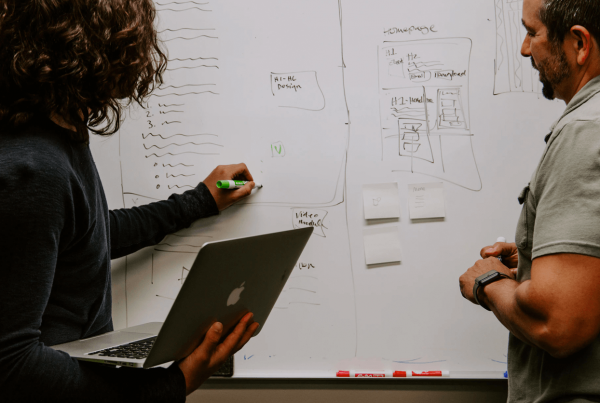Is your system supporting your team, or giving them a headache?
HR systems were originally designed to provide comprehensive workforce solutions that take the hassle out of managing day-to-day HR responsibilities. Thousands of companies trust these portals because they give HR the tools they need to focus on what’s important, growing their businesses and managing their workforce, instead of the time consuming and taxing process of working through thousands of files. However, what has transpired for some is that companies are adapting to their HR system in order to make it work, instead of the technology adapting to their needs, creating annoyances throughout the workforce and not streamlining workflow and increasing productivity. Having a system in place is about what works for your team and having control over important information that impacts you on a daily basis. When HR departments lose that control, and users are turned-off by a cumbersome system, the database can become more of a burden than an advantage for the entire company.
First and foremost, this technology should be easy for the employee to use. User functionality has significantly increased since HR portals were first introduced, and users have become savvier, but having a system in place that is mobile, in the cloud, and easy to manage is imperative. HR technology should be highly customizable, deliver a variety of features, provide quick functionality, and can be accessed anywhere, anytime. Today, everyone is on the go, and by being mobile businesses can connect to their employees straight from their device. This portal gives employers the tools they need to manage time, attendance, pay statements, and more with convenient access and workspace flexibility.
One core function of HR technology is to share knowledge. When employees have the option of viewing their information online in real time, it reduces the burden of administration time and decreases distribution costs, resulting in greater profitability. Employee productivity and engagement can be significantly increased using HR systems when they can develop, collaborate, and share feedback with one another. While these portals were originally designed to simply streamline HR functions, greater use can come from them if they are utilized productively.
Building a workforce community and meeting goals, yet maintaining privacy, is also a continuous challenge. While many sales organizations opt to allow data to be shared, such as sales metrics, some workers don’t appreciate this concept. It is really up to the company how they want to manage this team dynamic; however, privacy and security of some information needs to be properly maintained. There is a multitude of valuable customer and employee documents in these portals, and by choosing who has access to these files and customizing user access, workers will start to place more trust in the HR system.
While in the past the primary function of HR systems is for the management of the HR department, leadership relies heavily on the information gathered to make informed decisions about their teams. When management relies on critical business insights, they need data presented in an easy-to read dashboard, not hidden in files. Dashboard visualizations connect and engage the staff. When management can see and understand their team’s data, they solve problems and discover opportunities that may have gone unnoticed. A key component for this is consolidation. Know where you stand, communicate results to your team, take action, and ultimately improve performance by bringing metrics front and center in one easy-to-use system of record.
Lastly, these portals need to be simple, scalable, and robust. If you have a system that will not or cannot change with your business, then it will only be an annoyance to the entire workforce as your company grows. The last thing you want holding your business back is out-of-date technology that is wasting the workforce’s time. These systems should be expanding the business, not obstructing it, by providing a positive user-experience.
HR technology can transform the way a team works, thinks, and interacts with one another. However, if the workforce doesn’t use it, then it is pointless. It is imperative to understand what your employees want in an HR system, even if it means interviewing the actual people who will use the product. Software designers and engineers need to look beyond simple metrics and create something that is focused on the user experience. They need to listen to the client’s requests and concentrate on their needs for every new product. These systems should be easily managed, secure, scalable, trustworthy, and most of all, usable.
As featured in the August 2017 digital edition of HR.com , “Why Workers Hate Your HR System: Is your system supporting your team, or giving them a headache?” , is our latest article on Customer Experience Design for Human Capital transformation.




